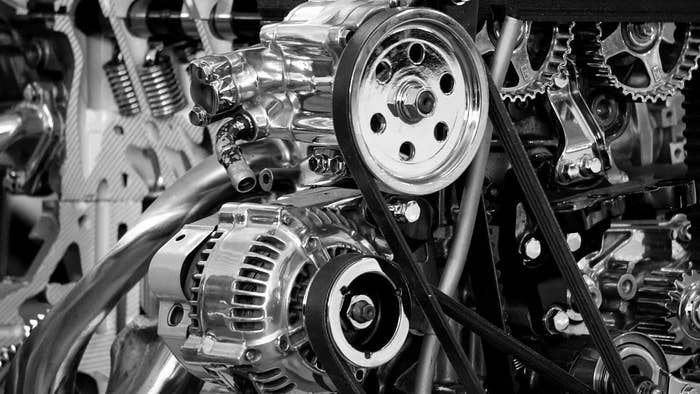
Most drivers need different car parts whether it is after a car crush, car accident or malfunctioning of any car part. Owning a car might seem easy but is a task that requires a lot of responsibility. It's not just petrol and gasoline that gets the car running.
Today we have with us the CEO of 24/7 Spares (the largest car parts database in the UK) Imran Asghar, who will touch upon a few of the main elements of an automobile.
The Engine
A car engine is responsible for the car’s general function. The fuel and oxygen is pumped into the engine while combustion takes place in the in the cylinders. The combustion causes expansion of the gas, and energy in form of heat is produced thus causing motion. There are different car engines that differ in configuration and technology. The type of the engine determines performance and it is best to choose an engine that fits your car.
The Radiator
Located at the car’s front, the radiator cools the engine when it overheats. It allows for fresh air to pass through radiator fins and prevent overheating. Aluminum radiators are most common in the market as they have a high thermal conductivity. This means that it is a very good conductor and therefore absorbs the heat at a very fast rate. The hot coolant passing the radiator tubes is alternatively cooled at the spot thus cooling the car engine. A car radiator is a vital tool and the most efficient one should be chosen during replacement.
Ignition
The ignition can merely be compared to a match. By generating a high voltage from the battery, it ignites the combination of air and fuel in the combustion chambers, making the car run. The ignition switch is very important and damage to it causes the car a lot of mechanical problems. Switching or repairing the ignition switch should therefore be done with a lot of caution and precision.
Alternator
The electrical components of a car such as brake lights and headlights depend on the efficiency of the alternator. It turns and internal magnet that produces a voltage high enough to charge the car battery. If the alternator undercharges, it is highly likely that the driver will end up with a dead battery. To avoid this, ensure the alternator is working properly (output of 13.5 to 14.4 volts). Alternator replacement is a serious issue especially if it is a factory alternator. Therefore, a well-fitting alternator should be used.
Brake Pads
They slow down or stop the car by slowing the rotation of the wheels. The brake discs are squeezed, an action that results to friction and heat is produced. Faulty brakes lead to lethal accidents. Brake pads usually require regular replacement, and drivers can easily know when. When the brakes squeal, or the warning light goes on, it is an indication to replace the brake pads. More advanced cars have an electric sensor.
Suspension
It is basically the tire, springs and shock absorbing system and how they are linked and related. This system prevents the car from breaking down to pieces. The car relies on suspension to keep the tires firm on the road. The spring allows the car wheels to follow the road in all its movements whereas the shock absorbers act as velocity-sensitive components. It is important to have the car’s suspension aligned for better performance. This means having the high quality car parts.
Exhaust system
After combustion takes place in the gas cylinder, the engine’s combustion exhaust needs to be emitted. It is not uncommon for the exhaust pipe to rust or drag on the road, especially after a bumpy ride. The exhaust system ought to be kept in good condition as it affects mileage and the environment. There are a lot of added costs and disadvantages of a faulty exhaust system.

